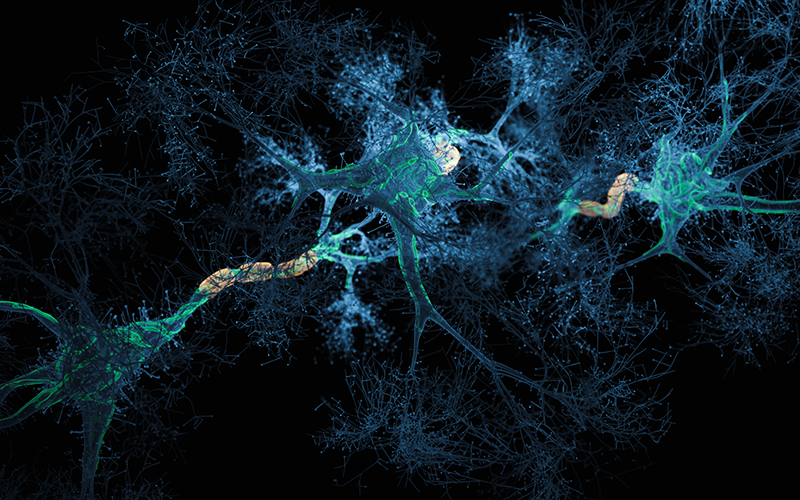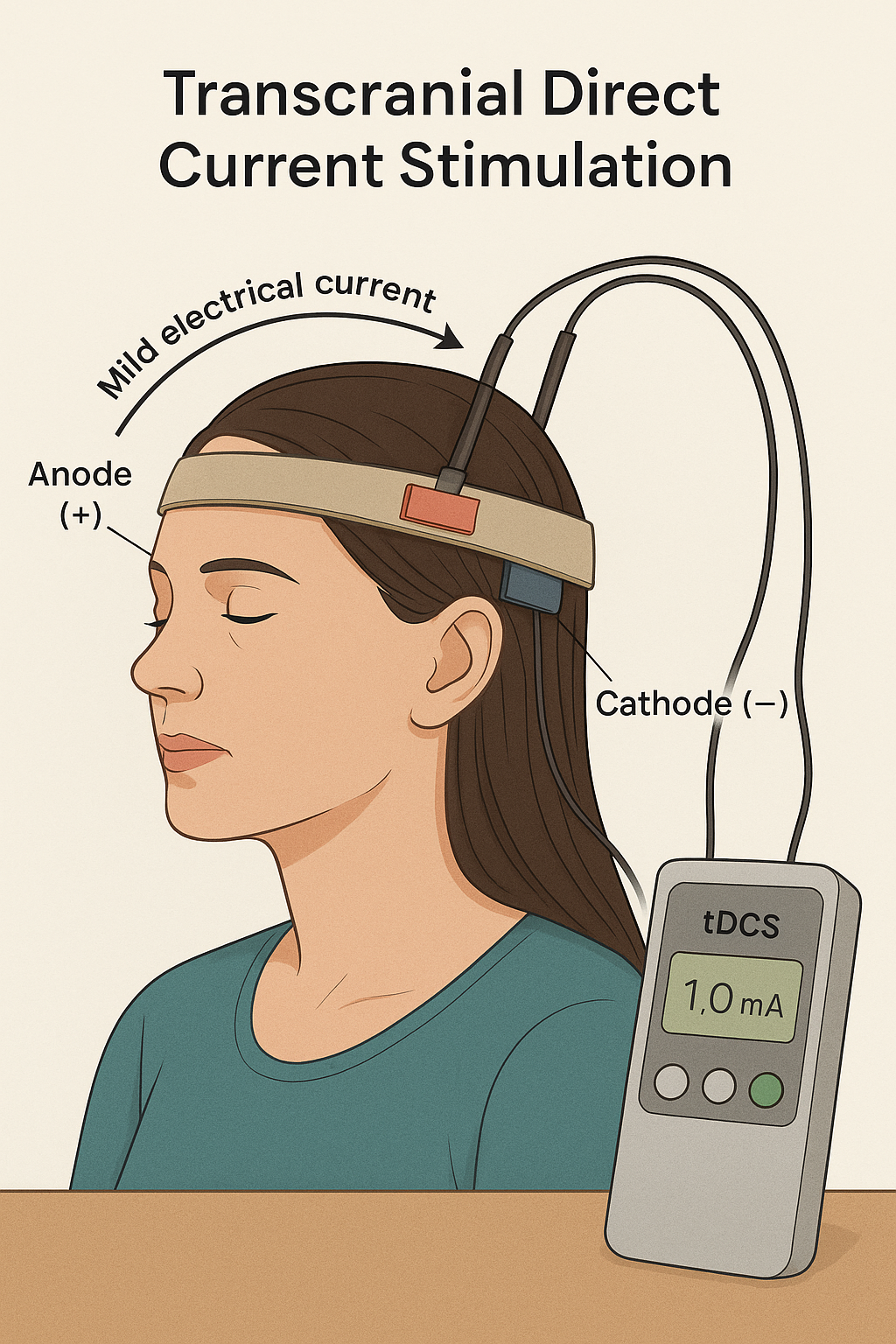Imagine standing in a familiar place—a street, a room, a classroom—and feeling a sudden wave of fear, triggered not by the present, but by a memory. For millions living with trauma, the past isn’t distant; it’s alive, wired into their brain’s pathways, shaping emotions and instincts.
For years, we believed memories were fixed, etched permanently into the mind. But neuroscience is telling a different story: memories are dynamic, and the brain has the power to reshape them.
Through breakthroughs in neuroplasticity—the brain’s ability to rewire itself—scientists are discovering ways to ease the emotional weight of trauma. Rather than erasing the past, the goal is to soften its grip, offering hope for healing while preserving the experiences that shape us. This is where memory science meets human resilience—and it's redefining how we understand trauma and recovery.






